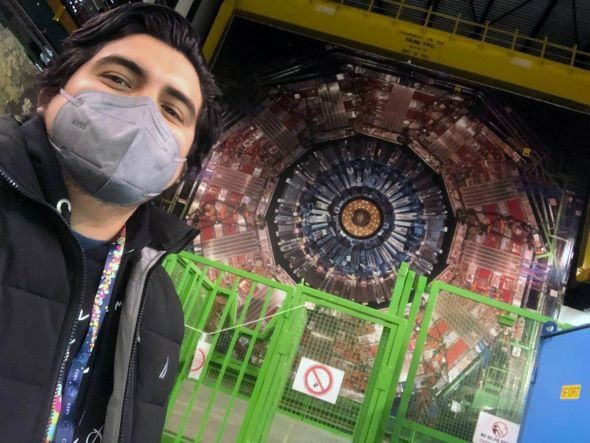With effort and perseverance from the Large Hadron Collider in Switzerland
Being from Guerrero has helped me a lot, we work hard every day; I sold pots, and garden soil, made breakfasts, and raffles, and many people trusted me and helped me. Cristóbal Miguel García Jaimes participates in the Particle Accelerator that "will be the biggest machine humanity has ever built".





